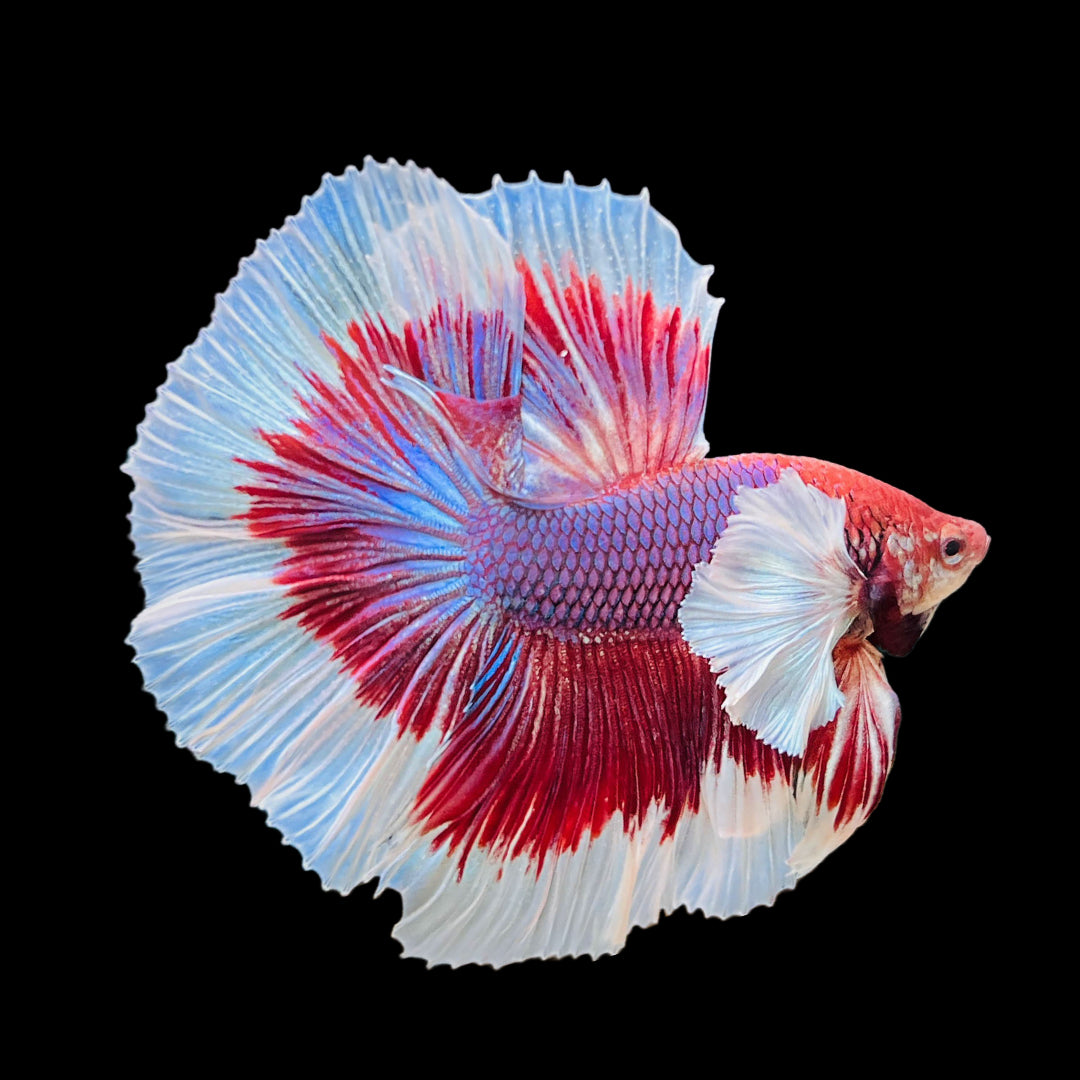Betta Fish Tank Arrangement: A Step-by-Step Guide for Beginners
Betta Fish Tank Arrangement: A Step-by-Step Guide for Beginners
Blog Article
Everything About Betta Fish: Understanding Their Distinct Requirements, Habits, and the Best Practices for Optimal Care
Comprehending the unique demands and behaviors of Betta fish is crucial for any type of aquarist looking to give ideal treatment. betta fish. As we explore these components better, the implications for both novice and experienced fish caretakers come to be progressively evident, raising questions about how ideal to suit these impressive fish in our homes.
Betta Fish Introduction
Although typically admired for their lively colors and flowing fins, Betta fish, medically called Betta splendens, are complex creatures that call for details like thrive. Originating from Southeast Asia, these freshwater fish are known for their territorial nature and special habits. Betta fish show sexual dimorphism, with males displaying extra dazzling shades and longer fins than females.
Their aggressive propensities, particularly among males, require careful factor to consider when housing them. Bettas are usually maintained in single-specimen tanks to protect against territorial conflicts. They can exist side-by-side in harmony with particular suitable species in bigger neighborhood tanks, provided the environment fulfills their requirements.

To guarantee optimal care, aquarists have to understand their unique behavioral traits, dietary requirements, and habitat needs. betta fish. With appropriate interest, Betta fish can exhibit their vivid characters and grow in a properly maintained fish tank setup
All-natural Habitat and Atmosphere
Betta fish grow in a varied variety of all-natural habitats, mainly found in the shallow waters of Southeast Asia, including rice paddies, swamps, and slow-moving streams. These environments are characterized by cozy temperatures, normally between 75 ° F and 82 ° F(24 ° C and 28 ° C ), and a pH degree varying from 6.5 to 7.5, which is suitable for their health and wellness and well-being.
In their all-natural environments, Betta fish are accustomed to dense greenery, providing both shelter and breeding premises. The visibility of plants such as drifting water lilies and thick lawns not just supplies protection from predators yet likewise adds to the oxygenation of the water, which is vital for their breathing needs. In addition, these settings frequently have areas of still water, allowing Betta fish to display their natural behaviors such as bubble nesting.
Comprehending the all-natural environment of Betta fish is crucial for fish tank enthusiasts. Reproducing these conditions-- via water temperature level, pH equilibrium, and the incorporation of online plants-- can significantly improve the total health and longevity of these fascinating fish, guaranteeing they grow in a home aquarium setup.
Social Habits and Interactions
Recognizing the social habits and communications of Betta fish is essential for effective aquarium administration. Betta fish, or Siamese battling fish, are understood for their unique behavioral attributes, characterized mainly by territoriality and aggressiveness. Men, in particular, show highly aggressive habits in the direction of each other, bring about the infamous credibility of Betta fish as competitors. In a constrained area, two men can participate in fierce battles, usually causing injury or fatality.
Conversely, female Bettas display less hostile habits and can exist together in groups, called sororities, if introduced effectively. It is important to check their interactions carefully, as power structure and dominance can lead to conflicts. Recognizing the dynamics within a Betta community is vital; establishing hiding areas and guaranteeing enough area can reduce aggressiveness.
In addition, Betta fish may also display curiosity and social behaviors in the direction of various other species. While they can coexist with certain non-aggressive tank mates, it is important to pick compatible varieties to stay clear of stress and anxiety and hostility. Generally, acknowledging here these social communications is crucial to promoting a harmonious fish tank setting for Betta fish.
Important Treatment Standards
Giving correct treatment for Betta fish is crucial to their wellness and health. Regular water modifications-- around 25% weekly-- aid keep water quality.
Betta fish call for an appropriate storage tank size; a minimum of 5 gallons is recommended to provide ample space for swimming and hiding. Include decorations and plants to produce a stimulating environment, yet avoid sharp things that can harm their fragile fins.

Lastly, ensure the container is equipped with a filter to keep the water clean, however utilize a mild filter to avoid strong currents that can worry the fish. By following these crucial treatment standards, proprietors can advertise a healthy and balanced and dynamic Betta fish.
Common Health Issues and Solutions
In the treatment of Betta fish, understanding of usual check that health and wellness concerns is important for keeping their health. One widespread issue is fin rot, usually created by bad water quality or bacterial infection. Signs and symptoms include torn or tarnished fins. To deal with fin rot, enhance water conditions and consider using a broad-spectrum antibiotic.
An additional typical condition is ich, a parasitical infection characterized by white areas on the fish's body (betta fish). Treatment includes enhancing water temperature and adding aquarium salt to the container, as this content can aid eliminate the bloodsucker
Swim bladder condition is likewise often observed, leading to buoyancy problems. This problem might emerge from overfeeding or irregularity. A fasting period of 24-48 hours, complied with by a diet plan of blanched peas, can supply alleviation.
Finally, bettas might deal with velour disease, indicated by a gold dust-like look on their skin. Therapy usually calls for medicine particularly created for exterior parasites, alongside enhanced tank hygiene.
Routine surveillance of water specifications, keeping a tidy environment, and providing a balanced diet are vital safety nets. By resolving these health concerns promptly, Betta fish can lead healthier, a lot more dynamic lives.
Verdict
In summary, effective betta fish treatment calls for an understanding of their special requirements and habits. Routine tracking of health and wellness and water high quality, along with a balanced diet, adds to the longevity and vibrancy of betta fish.
Report this page